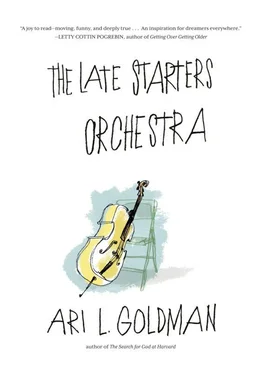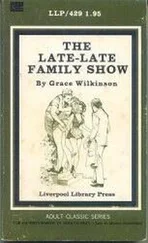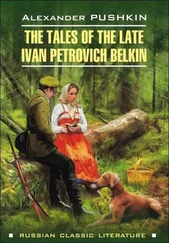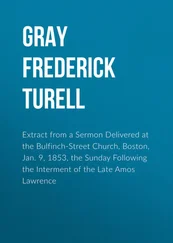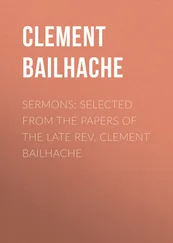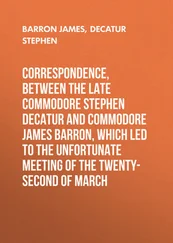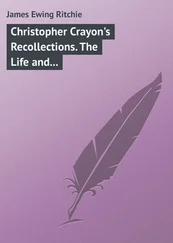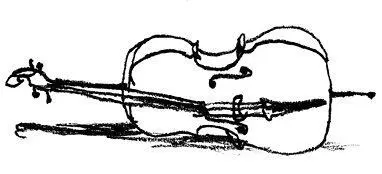
There are two things that don’t have to mean anything; one is music, the other is laughter.
— IMMANUEL KANT

If the people in my immediate circle were skeptical, I found encouragement from the words and examples of other late starters. Eve, with whom I sat that first day in the Late Starters Orchestra, stood five feet, one inch tall and wore her hair in a pageboy cut that shook and flopped around like a white mop when she played. Cello was not her first instrument; in fact she did not pick it up until she was in her late sixties.
Eve grew up in Philadelphia. There was a piano in the house, but that was the instrument of her older brother, so, wanting to be different, she took up the flute and played through high school and college. She also sang in choruses and spent two summers of her youth singing at the summer music festival in Tanglewood, the summer home of the Boston Symphony Orchestra.
Eve didn’t marry until she was thirty (she was a “late starter” to marriage, too, she joked, especially back in the 1960s). In fact, she and her husband met in an amateur orchestra. She played flute, he the trombone. But music took a backseat in her life as she raised three children and worked as a proofreader and secretary for organizations that she believed in, like the ACLU. Later, she worked in her husband’s photo print shop.
With her children out of the house and the shop closed, Eve’s thoughts returned to music. “One day I was walking by the Third Street Music School and saw this sign that read: NEW CELLO CLASS FOR ADULT BEGINNERS. LIMITED TO THREE STUDENTS.
“To be honest, I was always terrified of the cello,” she told me, explaining that she found “daunting” the notion of carrying it around and tuning its four strings. “But I figured I should confront my fears. . So I walked in and signed up. They even supplied me with a cello.” It was not a natural fit. The cello was big for her small frame, but Eve compensated by moving around the instrument more like a double bass player in a jazz quintet than a cellist in an orchestra.
She picked it up at sixty-seven and still hadn’t let go a decade later. From what I could see, in those ten years she had achieved something extraordinary. In ensembles, you don’t often hear your fellow musicians playing individually. It’s one of the aspects that I like about it. You can hide and even get lost in the crowd. You are in an orchestra but you’ve got cover. Every so often, though, a cello solo is called for and, for that, the first cellist takes center stage. One day at rehearsal, we were playing a short, upbeat, dance-like piece by the Norwegian composer Edvard Grieg called “From Holberg’s Time,” a composition written in the nineteenth century meant to evoke the eighteenth. As often happens, the violins carry the melody at first and then it shifts to the cellos or more precisely one cello. The cello ensemble is instructed in the music to “pizz,” which means to pluck strings in what is properly called pizzicato. My fellow section cellists and I were plinking, while one cello — Eve’s — began to intone the melody. It took my breath away.
I dared not play with her, but I sang along with her melody, quietly and under my breath.
If rhythm emerges from the body, melody springs from the voice, Mr. J would say. Everything is a melody, even a baby’s cry. It may start with a whimper and escalate to a screech. But then the baby finds the mother’s breast and a gentle cooing is heard. Of course, the baby doesn’t know he’s singing, but he is. He doesn’t know he is in the middle of a drama — a grand opera, perhaps — but he is. Think of melody as a plot, a tale of love or conflict or struggle. Melody tells a story.
When I heard Eve play, I heard the melody but I also heard her story, the story of a late starter who, to my ears, played like an early starter. How did she become that good? After the rehearsal, I asked Eve about the place of music in her life. “What does your typical week look like?” I asked her. Maybe if I followed her model, I could play like that, too.
I was astonished to learn that music wasn’t a side dish for Eve, but the actual main course of her life. Indeed, she was actively engaged in playing every single day. Her week was all music, all the time:
Sunday: The Late Starters Orchestra
Monday: Amateur Chamber Music at the 92nd Street Y
Tuesday: The Downtown Symphony
Wednesday: Cello lessons with Allen Sher, formerly of the Pittsburgh Symphony Orchestra
Thursday: Trombone lessons at the Third Street Music School Settlement
Friday: More coached chamber music at the 92nd Street Y, these sessions specifically for those sixty or over
Saturday: Practice, practice, practice.
It all made sense, except Thursday.
“Trombone lessons?” I asked.
“I couldn’t resist,” Eve said with a smile.
What Eve was experiencing in her late seventies — and what I was beginning to feel in my late fifties — is part of a much larger trend. Simply put, people are living longer, and, with leisure time increasing and jobs disappearing, often have more time on their hands. Over the course of the twentieth century, life expectancy in America rose from an average of just over forty-nine years to seventy-seven and a half years. The baby boomers (those born between 1946 and 1964—my generation), the twentieth century’s noisiest and most demanding generation, are now moving into their sixties and their quest for learning, meaning, growth, and attention is unabated. American universities are increasingly catering to this population by opening up their classrooms and offering special nondegree programs to the boomer set. Sociologists have a variety of names for the transition into this phase of life.
Sara Lawrence-Lightfoot, a Harvard sociologist, calls it “the third chapter” and writes about it in a book by that name. She tells the stories of people who, late in life, are learning to speak a foreign language, play jazz piano, surf, act, and write plays. What characterizes them all, she writes, is “the willingness to take risks, experience vulnerability and uncertainty, learn from experimentation and failure, seek guidance and counsel from younger generations, and develop new relationships of support and intimacy.”
Patricia Cohen, the author of In Our Prime: The Invention of Middle Age, believes that education is the key. Discussing a brain study conducted by two psychologists at Brandeis University, Cohen writes, “For those in midlife and beyond, a college diploma subtracted a decade from one’s brain age.”
Music is even better. I can hear Mr. J saying . It shaves twenty years off brain age. Rhythm springs from the body and melody from the voice. But harmony, he taught me, springs from the mind. To find harmony we must find balance. It is about constantly making judgments. Above all, harmony is exercise for the mind.
Several studies show that musicians tend to remain sharper in old age than those who do not have music in their lives. Those with musical training outperformed nonmusicians in both visual and verbal memory tasks. It wasn’t only in aural memory that they exceeded the others; it was also in remembering what they read and saw as well. Those who started musical training young had a greater advantage, but even late starters did better than nonmusicians in memory tasks.
Читать дальше
